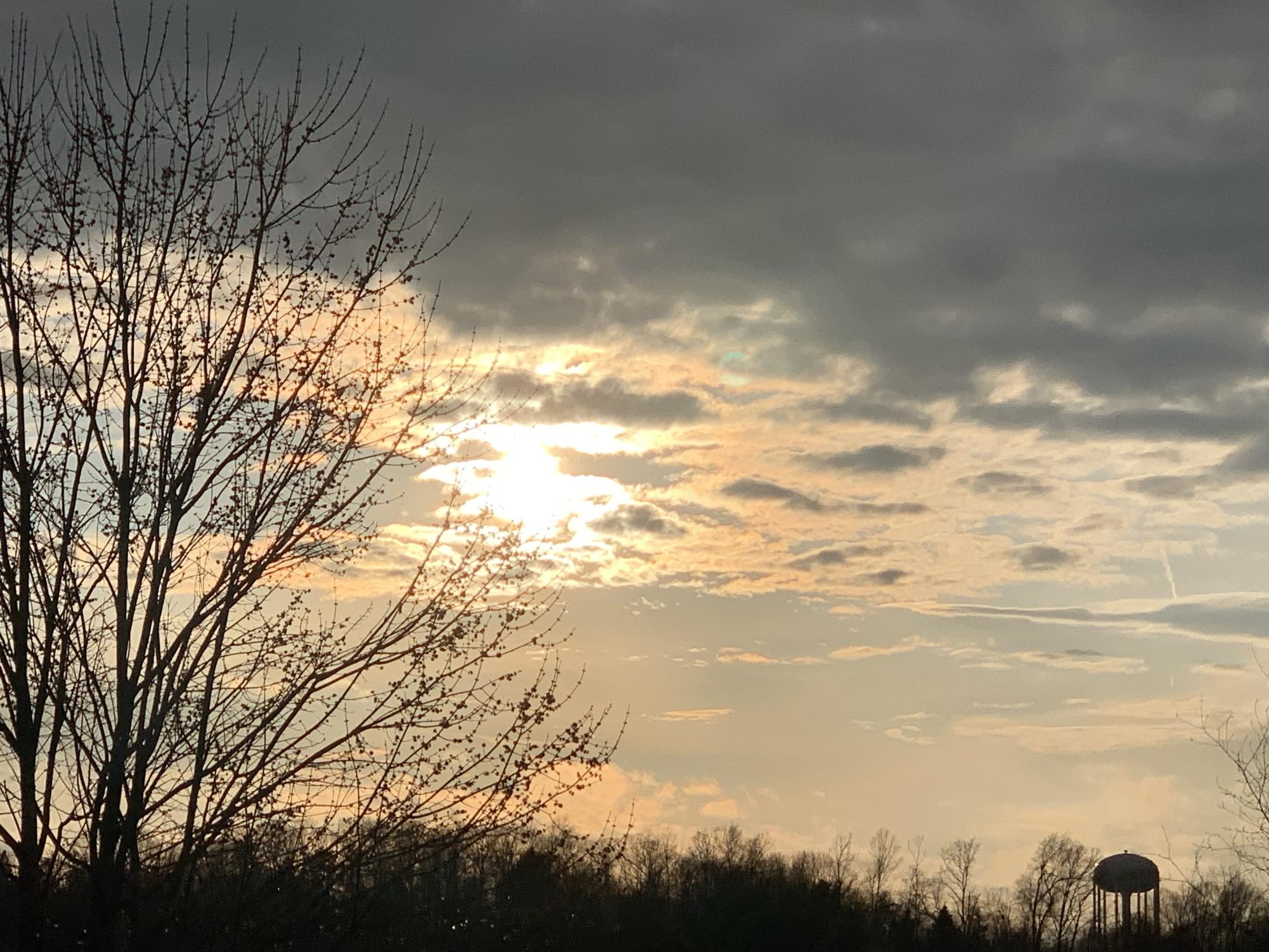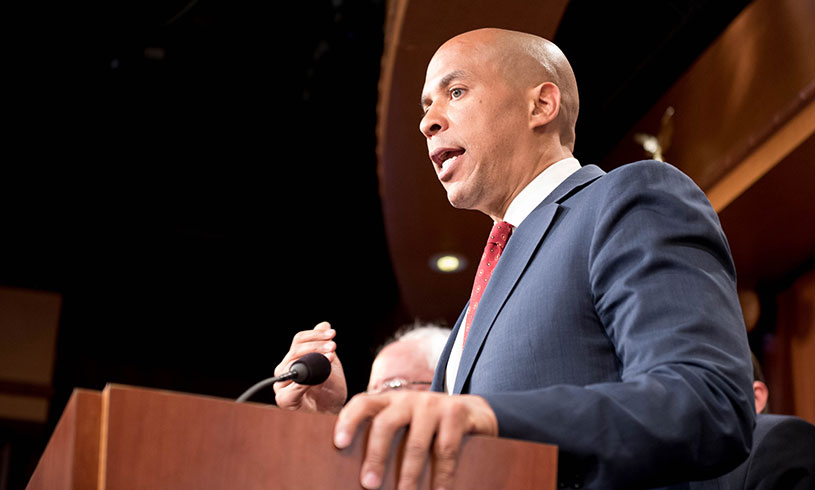On Jan. 7, the Sunshine Protection Act of 2025 was introduced to Congress. The bill proposes making daylight saving time [DST] permanent year-round. Yet keeping daylight saving time increases safety and health risks through excessive sunlight before bed and darkness in the morning.
Daylight saving time occurs between spring and fall when clocks are set one hour ahead at 2:00 a.m. on the second Sunday of March. In 2025, this would occur from March 9 to Nov. 2. The rest of the year is called standard time when clocks are set one hour “backward” at 2:00 a.m. on the first Sunday of November.
“If we were to stay in daylight saving time, we would spring ahead and then just stay there. We wouldn’t change the clocks again,” Brian Lada, meteorologist and senior content editor at AccuWeather, said.
Since 2018, the Sunshine Protection Act (S.29) has attempted to reach the President’s desk, most recently referred to the Senate Committee on Commerce, Science, and Transportation.
Many people, like Lada, want the process to speed up and make daylight saving time permanent. ” [DST is the best]—it’s lighter, a lot longer, and summer is right around the corner.” Of course, it sounds nice. More daylight is generally thought to be beneficial. But there are some drawbacks to this change.
A permanent switch to daylight saving time would mean darker mornings and the potential for more traffic accidents. “Morning light exposure has antidepressant effects, and permanent switch to daylight saving time would mean there would be certain parts of the United States where it would be dark/dusk until nearly 9:30 a.m.– and school without natural light exposure in the morning,” Amy R. Wolfson of Loyola University Maryland Department of Psychology and Vice President for Academic Affairs, said.
This darkness would most likely lead to more traffic accidents. Driving in darkness is proven to be dangerous due to the reduced visibility. Death rates are three times greater at night than during the day; 55% of all driving fatalities occur after dark, and 62% of pedestrian fatalities occur at night.
Additionally, federal data that tracks every roadway fatality makes clear that the problem is not just about the behaviors and routines that happen to occur around nighttime (leaving work, for example, or going to bars). It is darkness itself that matters, according to an article from The New York Times.
Combine the darkness with half-asleep drivers and early morning traffic, and there’s a significant increase in injuries and fatalities. In 1974, President Richard Nixon signed permanent Daylight Saving Time into law, but by the end of the month, eight schoolchildren were hit by cars in the dark, and Florida’s governor had called for the law’s repeal.
A permanent switch to daylight saving time would also harm our health. The one-hour change disrupts body rhythms tuned to Earth’s rotation. This change is enough to make experts and organizations oppose the permanent switch.
“Your body clock stays with (natural) light, not with the clock on your wall, and there’s no evidence that your body fully shifts to the new time,” Dr. Elizabeth Klerman, a Neurology professor in the division of sleep medicine at Harvard Medical School, said.
“When our internal clocks are offset from the solar day-night cycle by even one hour, we develop what sleep experts call ‘social jet lag.’ Studies have shown social jet lag increases the risk of metabolic disorders such as diabetes, raises the risk of heart disease and stroke, worsens mood disorders such as depression, affects the digestive and endocrine systems, and shortens our sleep duration. It can even reduce life expectancy,” according to Sandee LaMotte, a writer from CNN.
Permanent daylight saving time is opposed not only by experts, but also by State High students. “It’s unnecessary and a hassle,” freshman Fiona Knowles said. Additionally, a Jan. 21-27 Gallup poll found that 54% of US adults oppose daylight saving time.
More sunlight isn’t always beneficial. It’s shown to reduce sleep, and lead to possibly fatal health conditions, and dark mornings are increasing child deaths. The extra one hour of sunlight isn’t worth the consequences.








